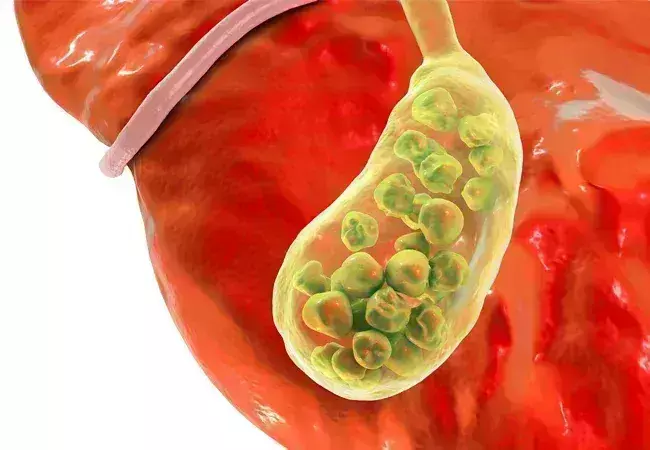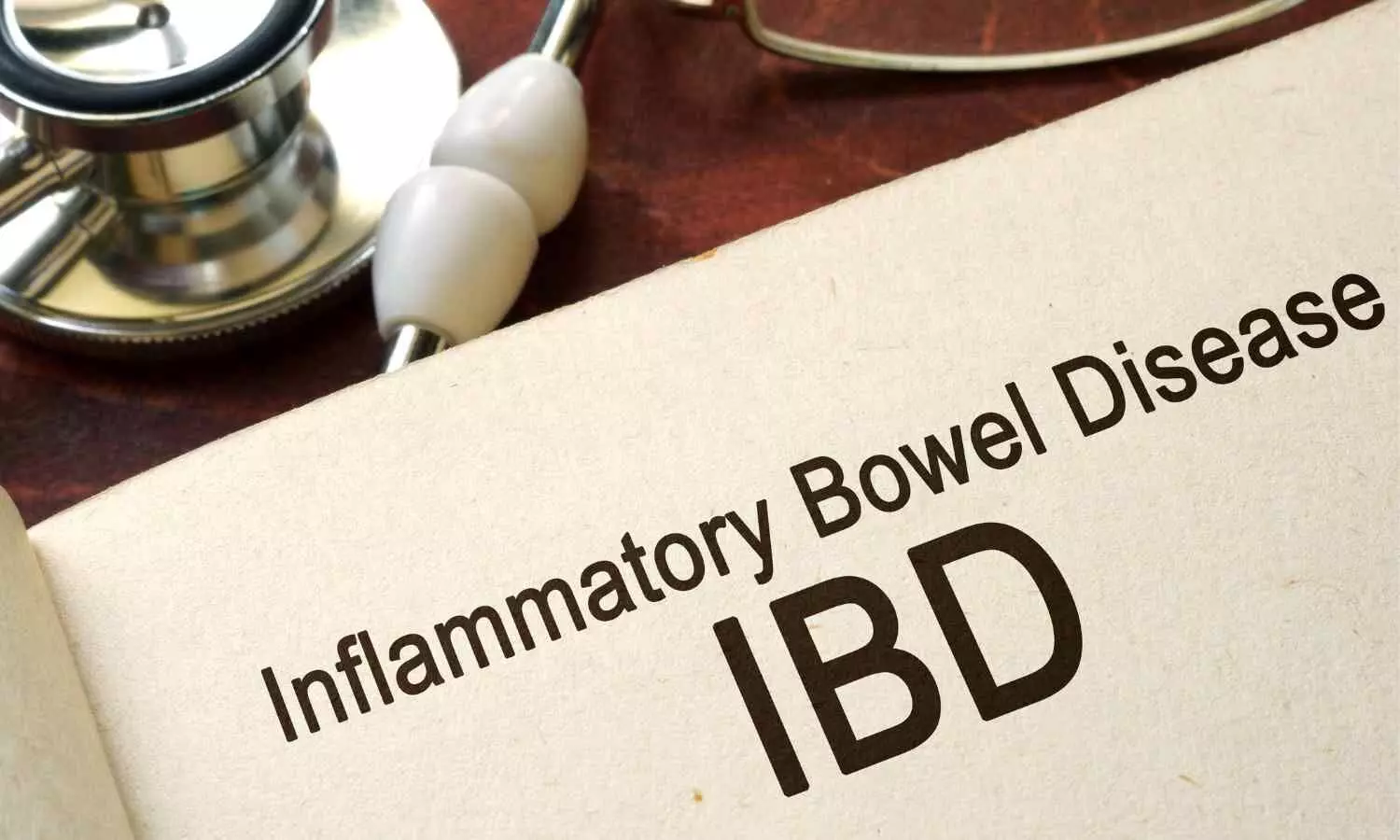- Home
- Medical news & Guidelines
- Anesthesiology
- Cardiology and CTVS
- Critical Care
- Dentistry
- Dermatology
- Diabetes and Endocrinology
- ENT
- Gastroenterology
- Medicine
- Nephrology
- Neurology
- Obstretics-Gynaecology
- Oncology
- Ophthalmology
- Orthopaedics
- Pediatrics-Neonatology
- Psychiatry
- Pulmonology
- Radiology
- Surgery
- Urology
- Laboratory Medicine
- Diet
- Nursing
- Paramedical
- Physiotherapy
- Health news
- Fact Check
- Bone Health Fact Check
- Brain Health Fact Check
- Cancer Related Fact Check
- Child Care Fact Check
- Dental and oral health fact check
- Diabetes and metabolic health fact check
- Diet and Nutrition Fact Check
- Eye and ENT Care Fact Check
- Fitness fact check
- Gut health fact check
- Heart health fact check
- Kidney health fact check
- Medical education fact check
- Men's health fact check
- Respiratory fact check
- Skin and hair care fact check
- Vaccine and Immunization fact check
- Women's health fact check
- AYUSH
- State News
- Andaman and Nicobar Islands
- Andhra Pradesh
- Arunachal Pradesh
- Assam
- Bihar
- Chandigarh
- Chattisgarh
- Dadra and Nagar Haveli
- Daman and Diu
- Delhi
- Goa
- Gujarat
- Haryana
- Himachal Pradesh
- Jammu & Kashmir
- Jharkhand
- Karnataka
- Kerala
- Ladakh
- Lakshadweep
- Madhya Pradesh
- Maharashtra
- Manipur
- Meghalaya
- Mizoram
- Nagaland
- Odisha
- Puducherry
- Punjab
- Rajasthan
- Sikkim
- Tamil Nadu
- Telangana
- Tripura
- Uttar Pradesh
- Uttrakhand
- West Bengal
- Medical Education
- Industry
Neutrophil-to-HDL Cholesterol Ratio and associated with Gallstone Disease Risk: Insights from NHANES 2017-2020 Data

A recent study revealed that the neutrophil-to-high-density lipoprotein cholesterol ratio (NHR) could be a useful tool to identify individuals at risk of developing gallstone disease (GSD). NHR can be used as an easy and cost-effective tool for the early detection of individuals at GSD as per a study published in the journal Lipids in Health and Disease.
Gallstone disease (GSD) is one of the most frequent and expensive gastrointestinal disorders caused by cholesterol, bile pigment, and mixed stones, with cholesterol stones outranking the three. They are caused by the oversaturation of calcium salts and cholesterol in bile, leading to cholesterol deposits. Gallstones have an increased risk of cancer. The neutrophil to high-density lipoprotein cholesterol ratio (NHR) is a novel comprehensive marker of inflammatory responses and lipid metabolism that can detect cardiovascular disease, depression, acute biliary pancreatitis, and hepatocellular carcinoma. Previous research has shown that inflammatory reactions can promote gallstone formation by altering protein and lipid metabolic pathways and increasing bile acid salt concentrations by involving neutrophils and lipids. As there is ambiguity on the association between NHR and gallstones, researchers from Zhejiang Chinese Medical University, China conducted a study on the relationship between gallstone disease (GSD) and the neutrophil-to-high-density lipoprotein cholesterol ratio (NHR) in American patients with gallstones.
The study was conducted by collecting data from the National Health and Nutrition Examination Survey (NHANES) between 2017–2020. Data was collected through interviews, health exams, and lab tests. Out of 15,560 participants, 7,894 were included in the study. NHR calculation was done by dividing the neutrophil count by HDL-C levels and the participants were divided into 3 NHR categories based on the count. Gallstone data was reported by the participants based on the physician's diagnosis. Unadjusted and adjusted logistic regression models were used to evaluate the association between NHR and GSD.
Key findings:
- Among the 7894 participants analyzed in this study, the prevalence of GSD was 10.98%, and the average NHR value was 3.41 ± 0.06.
- An obvious positive association between NHR and the likelihood of GSD was found as per the fully adjusted multivariable logistic regression analysis (OR = 1.09, 95% CI: 1.01, 1.16; P = 0.0197).
- Subset analyses confirmed the consistency of this association and interaction tests across various subgroups, including those categorized by smoking status and asthma.
- Furthermore, smoothed curve fitting and threshold effect analyses revealed a nonlinear relationship with a threshold of 2.86.
Thus, the study concluded that a higher NHR is associated with a greater likelihood of having GSD and NHR can be used as a low-cost method to screen patients at risk of GSD. NHR can also be used in early diagnosis so that preventive measures can be taken to reduce the risk of gallstones.
Further reading: Ma D, Ma H, Li Y, Yang L. Association between Neutrophil-to-high-density lipoprotein-cholesterol ratio and gallstones: insights from the national health and nutrition examination survey (2017-2020). Lipids Health Dis. 2024;23(1):355. Published 2024 Oct 31. doi:10.1186/s12944-024-02349-w.
BDS, MDS
Dr.Niharika Harsha B (BDS,MDS) completed her BDS from Govt Dental College, Hyderabad and MDS from Dr.NTR University of health sciences(Now Kaloji Rao University). She has 4 years of private dental practice and worked for 2 years as Consultant Oral Radiologist at a Dental Imaging Centre in Hyderabad. She worked as Research Assistant and scientific writer in the development of Oral Anti cancer screening device with her seniors. She has a deep intriguing wish in writing highly engaging, captivating and informative medical content for a wider audience. She can be contacted at editorial@medicaldialogues.in.
Dr Kamal Kant Kohli-MBBS, DTCD- a chest specialist with more than 30 years of practice and a flair for writing clinical articles, Dr Kamal Kant Kohli joined Medical Dialogues as a Chief Editor of Medical News. Besides writing articles, as an editor, he proofreads and verifies all the medical content published on Medical Dialogues including those coming from journals, studies,medical conferences,guidelines etc. Email: drkohli@medicaldialogues.in. Contact no. 011-43720751




